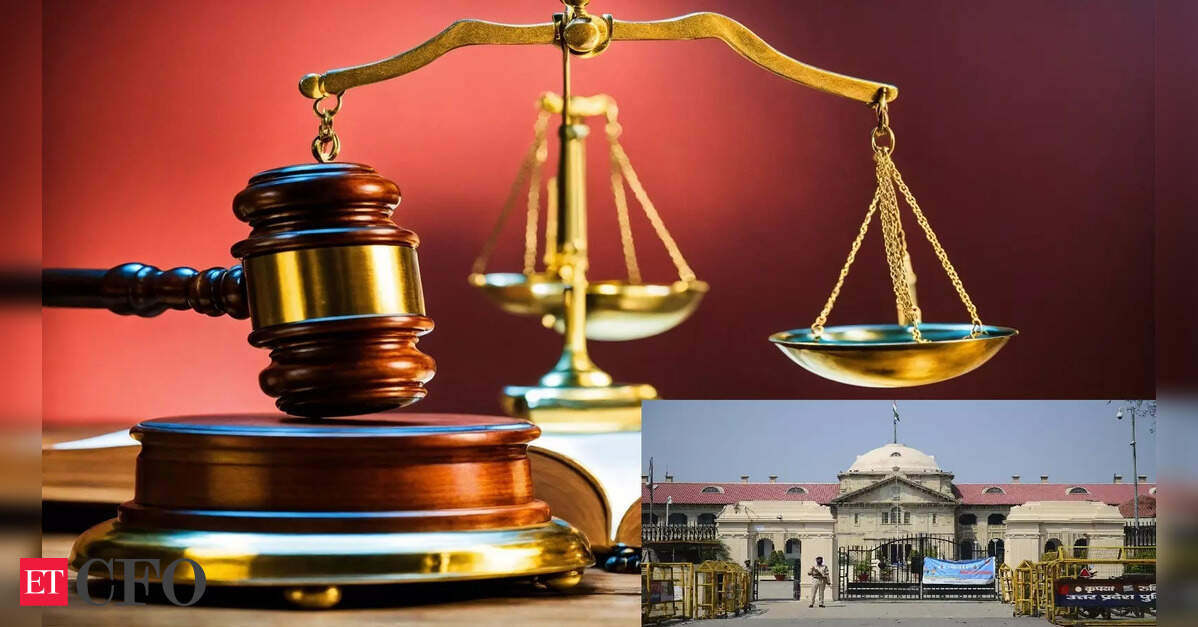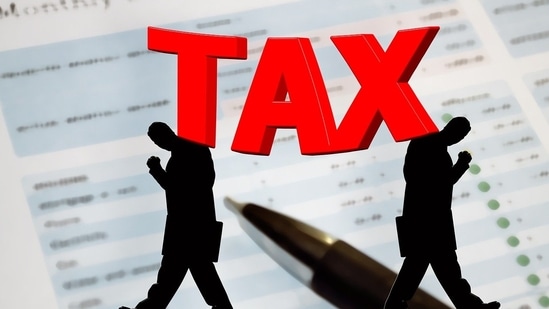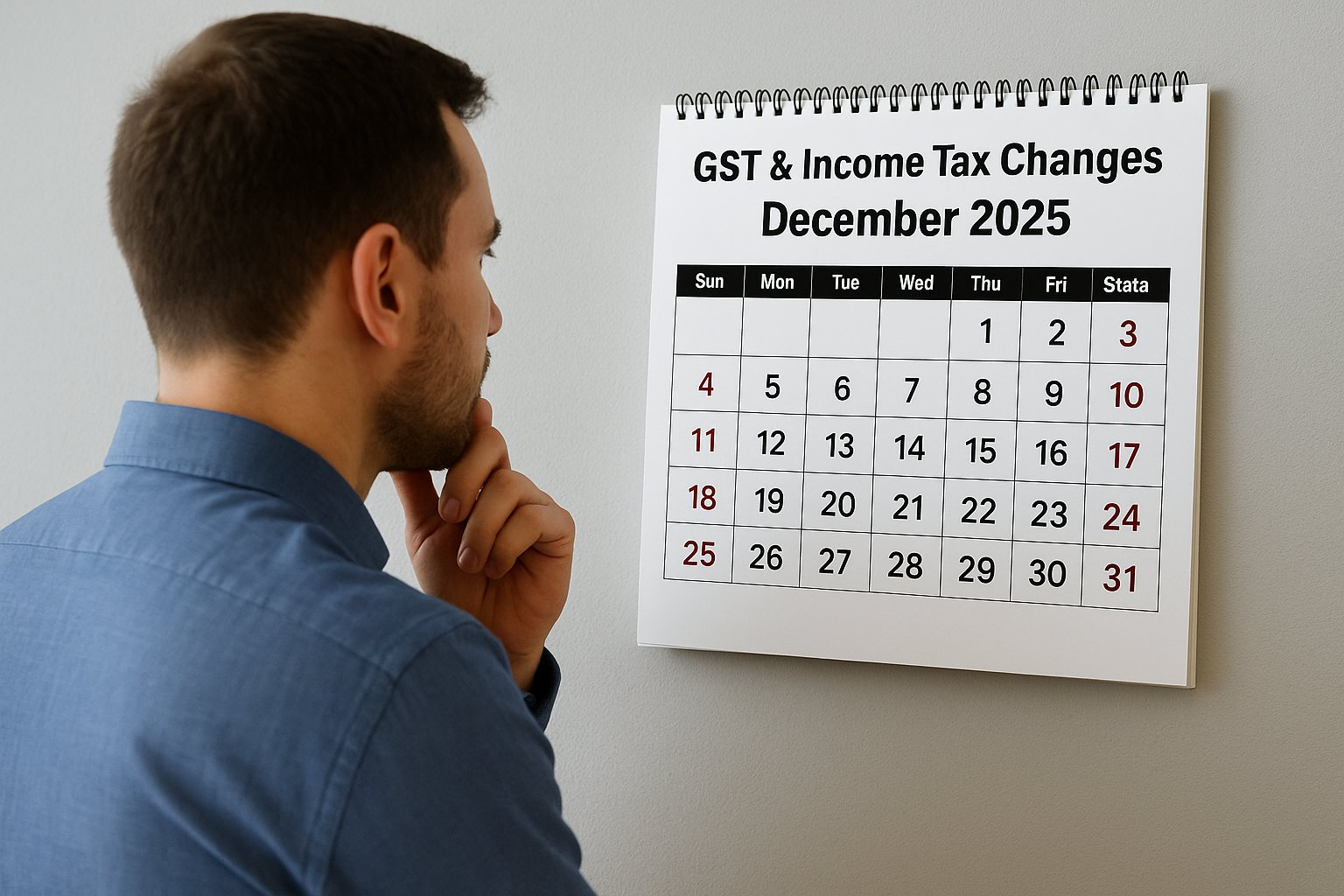Several important changes to the GST return ecosystem have been introduced recently and brought live on the GST portal. Together they tighten compliance, increase reliance on system-generated data and the Invoice Management System (IMS), and reduce the scope for late/retroactive corrections. Below is a practical explainer of each change, its implications, and an easy checklist of actions.
1) Pending GST returns older than 3 years will be blocked on the portal
GSTN has implemented the statutory three-year bar which prevents filing of GST returns beyond three years from their original due date. This enforcement is being rolled out by tax period and taxpayers are being advised that returns older than three years will become non-fileable on the portal once the validation is active for that tax period. In short: if a return’s due date is more than three years in the past, you will not be able to file it on GSTN once the bar is applied for that tax period.
2) Check your GST portal notices:
Tax authorities are active on older years. In particular, the last date for issuing notices under Section 73 (for certain past years) and Section 74 (for other years involving fraud/intentional evasion) is approaching/has been highlighted for specific years — meaning taxpayers should check portal notices immediately and respond where required. If you have not checked notices for FY 2021-22 (Section 73) or FY 2019-20 (Section 74), you may already have pending show-cause action that requires attention.
Check our GST Notice course
3) GSTR-1 → GSTR-3B link tightened: auto-populated 3B / non-editable fields
GSTN has further locked down the relationship between outward supplies reported in GSTR-1 and the summary liabilities reported in GSTR-3B. Values auto-populated from supplier filings will populate GSTR-3B and, for many tables, the taxpayer will not be able to edit those auto-populated figures directly in 3B. Corrections will have to be made via the supplier’s subsequent amendments (or through the prescribed amendment flow), not by free edits in the return. This step is intended to reduce manipulations and mismatches
Practical impact: Buyers must ensure their suppliers file GSTR-1 accurately and on time because once the data feeds into 3B it will be locked. Any mismatch will take longer to correct and could delay or deny ITC until corrected by the supplier.
4) GSTR-2B / IMS: GSTR-2B is now a taxpayer-generated statement via IMS — IMS is central to claiming ITC
The traditional notion of an “auto-generated” GSTR-2B statement is changing: taxpayers will rely more on the Invoice Management System (IMS) to generate and manage the ITC-relevant draft, perform matching, accept/reject invoices, and recompute the ITC position. The IMS now provides a controlled workflow — taxpayers can regenerate GSTR-2B-like reports based on actions taken in IMS rather than passively waiting for a portal report. Because of this, IMS records and actions (accept/reject/mark pending/enter ITC availed) are becoming the authoritative source for ITC claims and reconciliations.
Practical impact: Maintain disciplined IMS practices: reconcile invoices, accept only genuine supplies, and keep IMS comments/evidence. IMS snapshots may become crucial evidence during assessments.
5) Credit notes — recipient reversal of ITC now mandatory in proportion; IMS changes to assist reversal
Where suppliers issue credit notes that reduce taxable value or tax, recipients who have already availed ITC on the original invoice are required to reverse the ITC to the extent it was availed (i.e., reversal only to the extent of ITC actually used; if no ITC was taken, no reversal is needed). IMS has been enhanced to allow recipients to declare the exact ITC availed and reverse only that portion — and suppliers and recipients must coordinate via IMS actions. IMS will reflect amended credit note data and recompute recipients’ ITC accordingly.
Practical impact: Recipients must (a) track ITC availed at invoice level, (b) be ready to reverse only the utilized portion when a credit note is issued, and (c) act promptly on IMS notifications to avoid wrong ITC balances.
6) GSTR-7 (TDS Return) now requires invoice-wise reporting
Form GSTR-7 (the return for tax deductors under TDS provisions of GST) has been updated to require invoice-levelreporting rather than summarized figures. The GSTN portal has enabled invoice-wise filing functionality for GSTR-7 and deductors should prepare invoice-level TDS details for the relevant tax periods. This increase in granularity is meant to improve reconciliation between deductors and suppliers.
Practical impact: TDS deductors (platforms, government departments, etc.) must ensure their systems can provide invoice-level TDS details. Manual or summary reporting is no longer adequate.
Other system & procedural changes you should note
- Non-editable auto-populated fields in 3B: The move to auto-populate and lock certain tables in GSTR-3B (from supplier GSTR-1 data) increases the importance of first-time accuracy.
- IMS recordability: IMS now supports comments, pending flags, and better audit trail — use these features to create a defensible record.
- Partial ITC reversal treatment: If only part of ITC was used, reversal is limited to that used portion; if no ITC was taken on that invoice, no reversal required. This is reflected in IMS logic.
What this means for taxpayers — practical scenarios
Scenario A — You are a buyer who claimed full ITC and supplier issues a credit note later:
You must reverse the ITC equal to the amount you actually availed (not necessarily the full ITC on the invoice) via IMS actions so your GSTR-2B/GSTR-3B position is correct.
Scenario B — You are a supplier and you issued corrected invoices/credit notes:
Your liability reduces in your outward returns, but unless the recipient acts on IMS, their ITC position might not get adjusted automatically. Coordinate via IMS and ensure records are synced.
Scenario C — You rely on old, delayed filings to fix mismatches:
With the three-year bar live, you cannot indefinitely rely on belated filings. If certain historical returns become barred, unresolved mismatches may remain and can trigger notices.
Checklist: Immediate steps for businesses & professionals
- Reconcile urgently: Reconcile GSTR-1 vs books vs buyer acknowledgements and clear pending mismatches via supplier follow-ups and IMS actions.
- Check GST portal notices: Regularly review notices for FY 2019-20 and FY 2021-22 periods, and respond promptly where required.
- Use IMS actively: Accept/reject invoices, record ITC availed at invoice level, and keep a log of IMS actions for audit trail.
- Prepare for locked 3B fields: Do not rely on being able to edit 3B later — ensure GSTR-1 accuracy and preserve proof of reconciliations.
- Plan for credit-note reversals: Track how much ITC you actually used for each invoice; be ready to reverse accordingly.
- For TDS deductors (GSTR-7): Ready your systems to capture invoice-level details; review past months’ records to avoid omission.
Visit www.cagurujiclasses.com for practical courses











